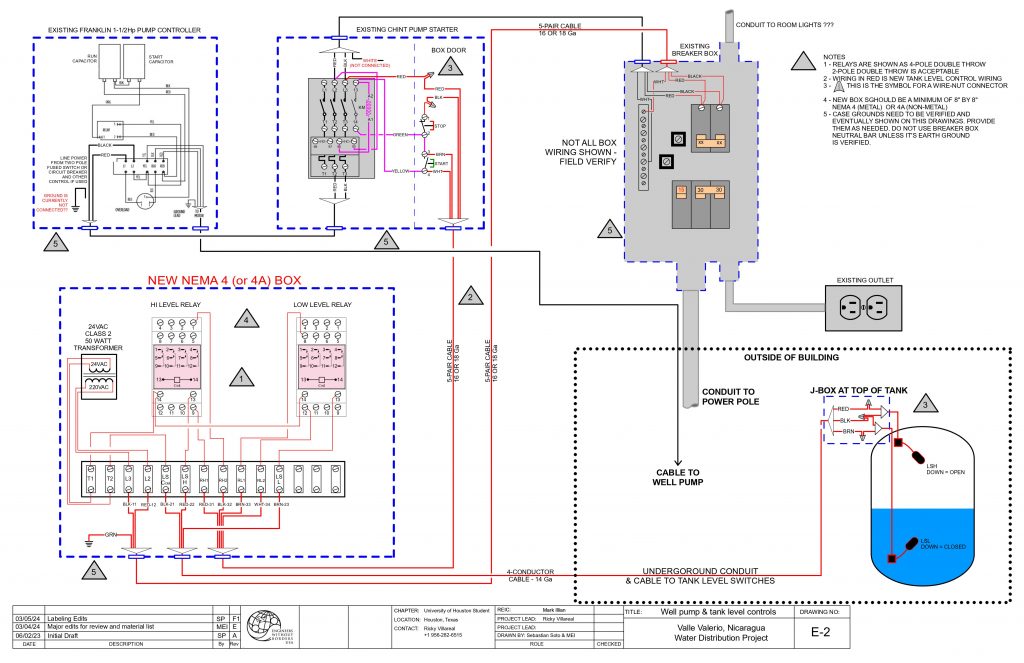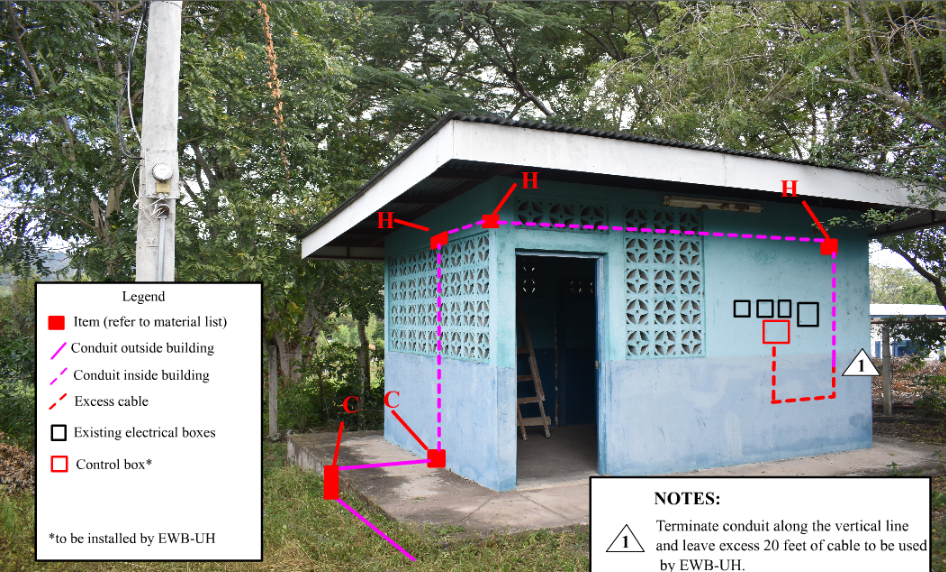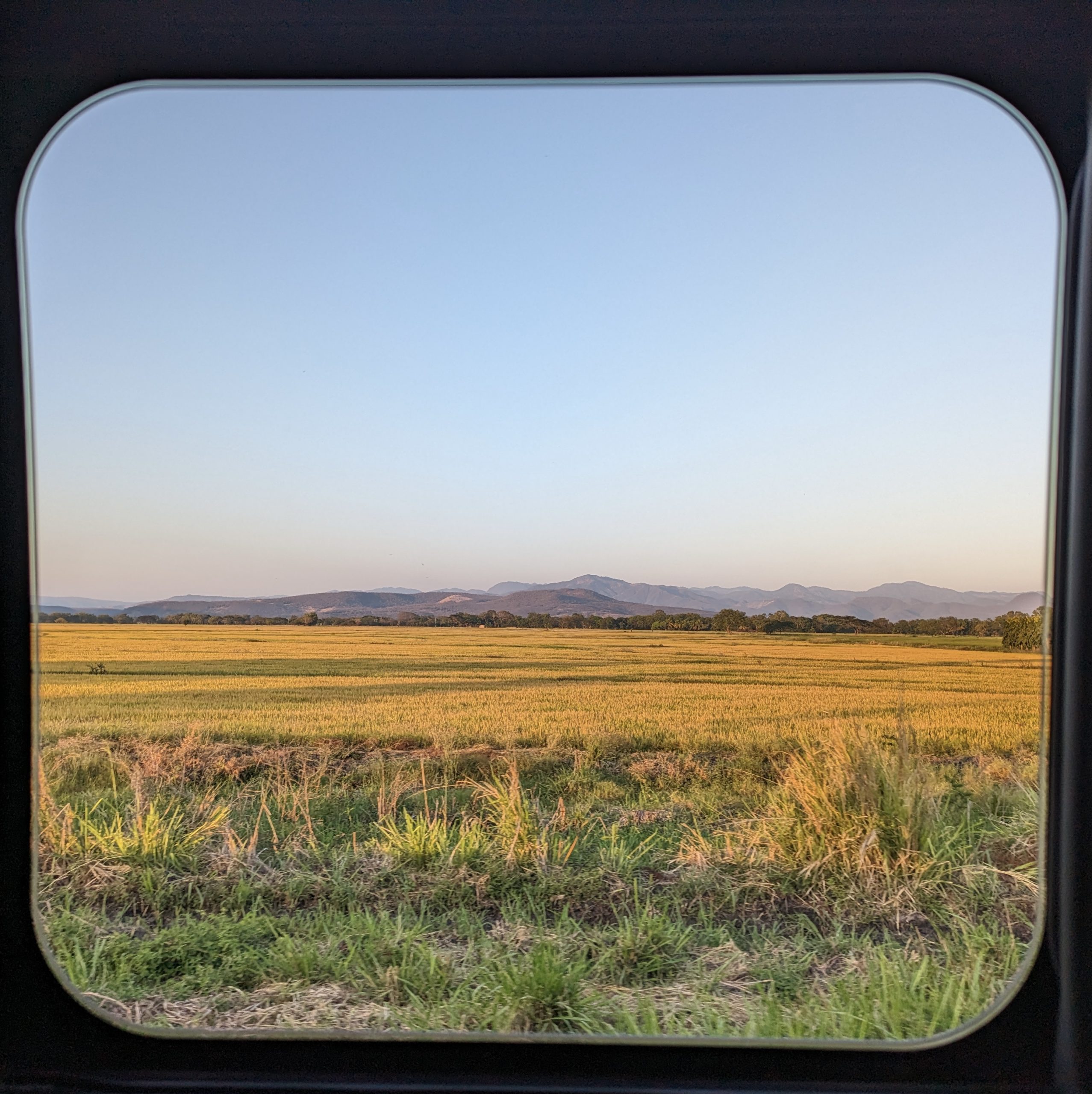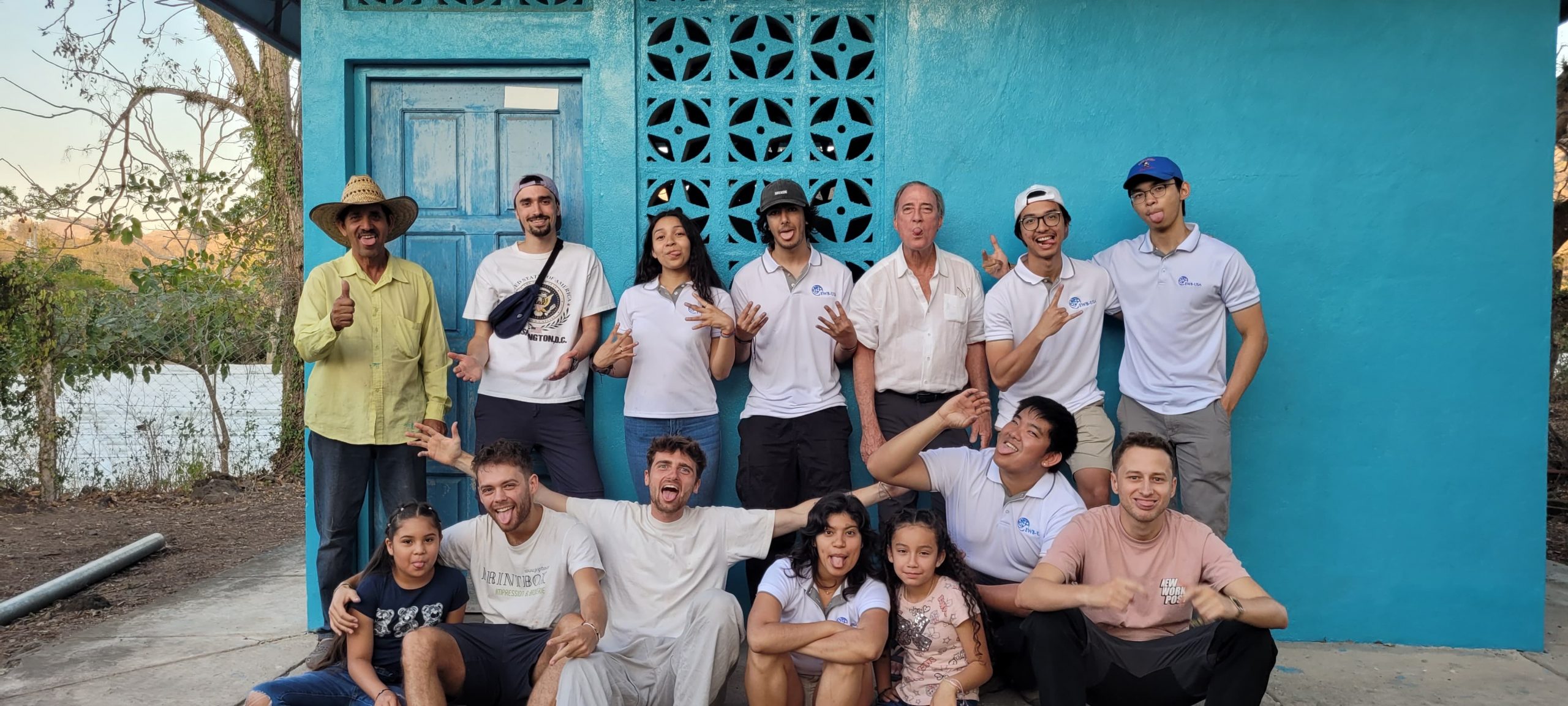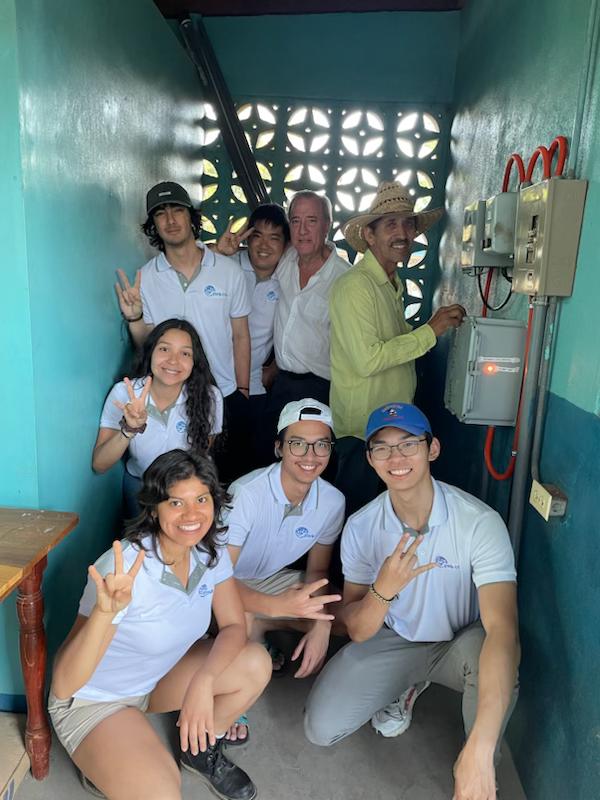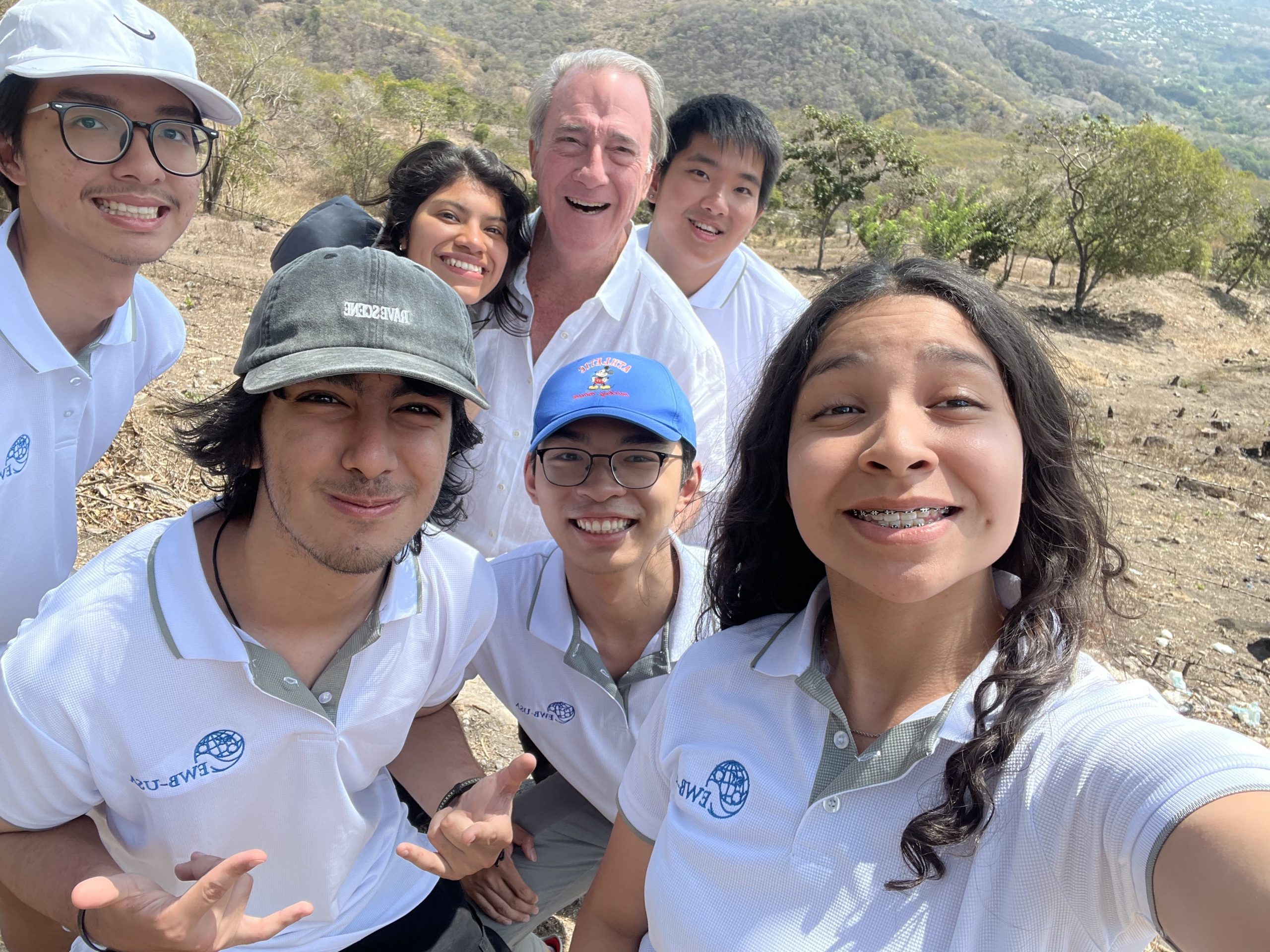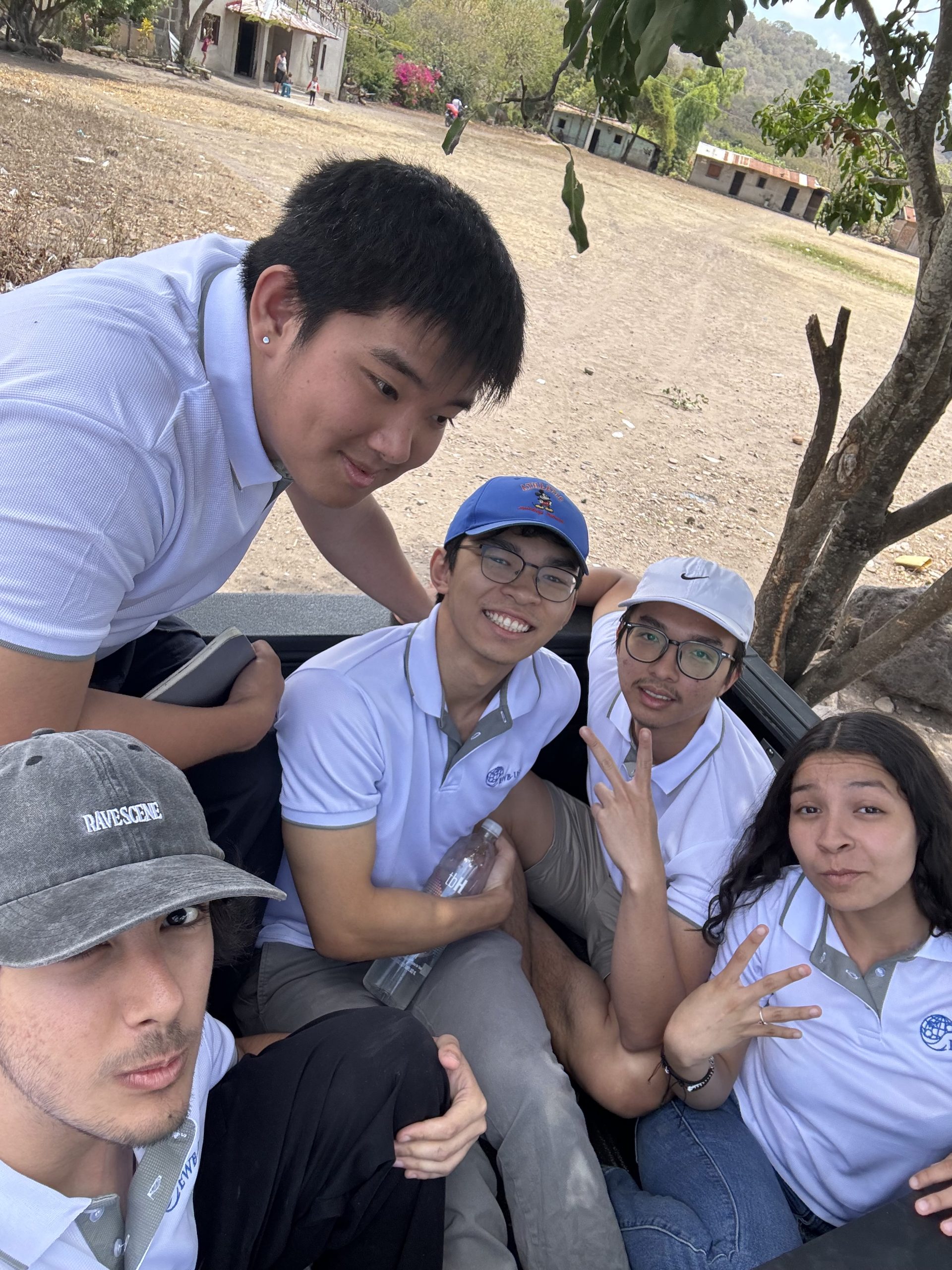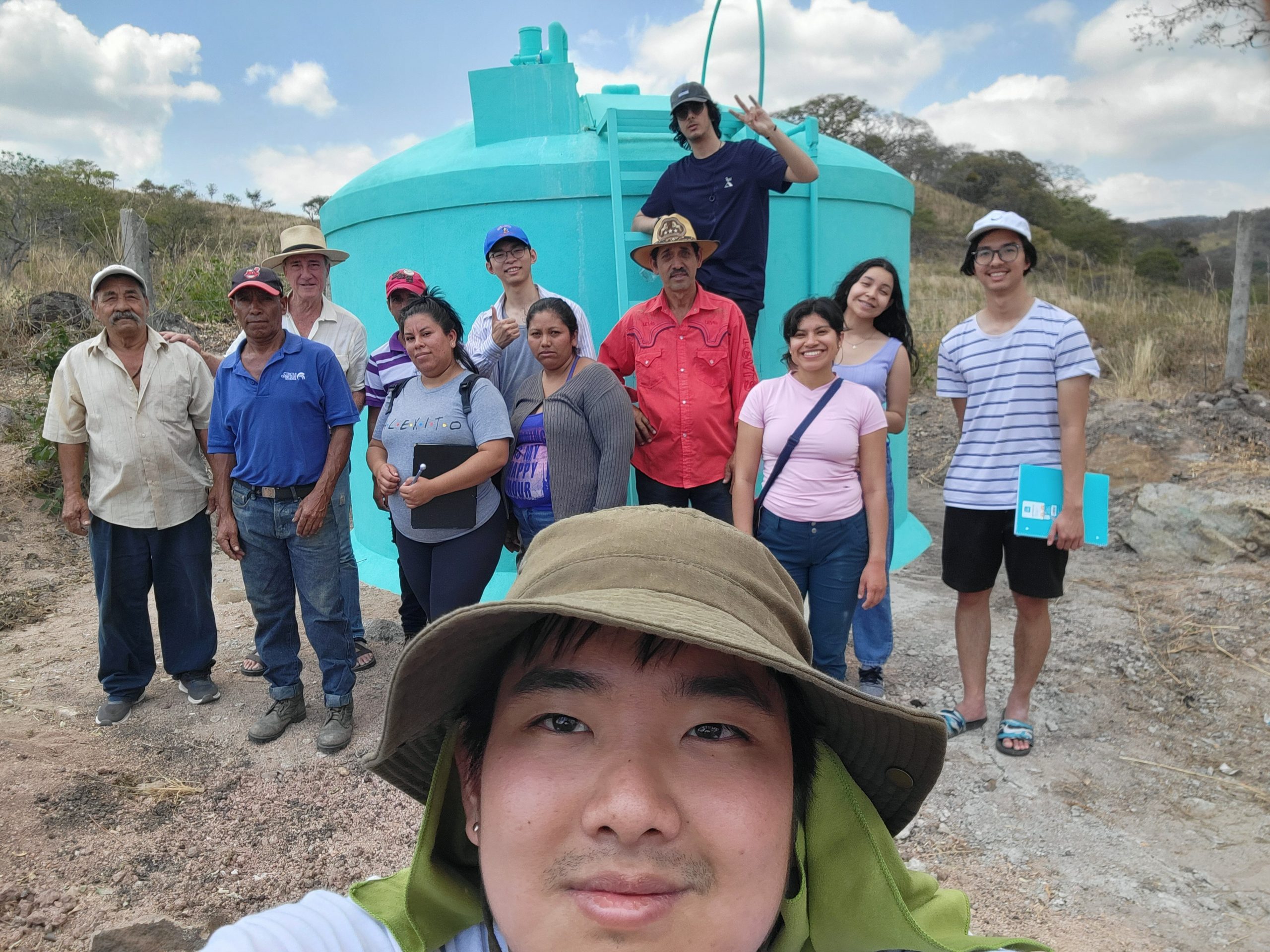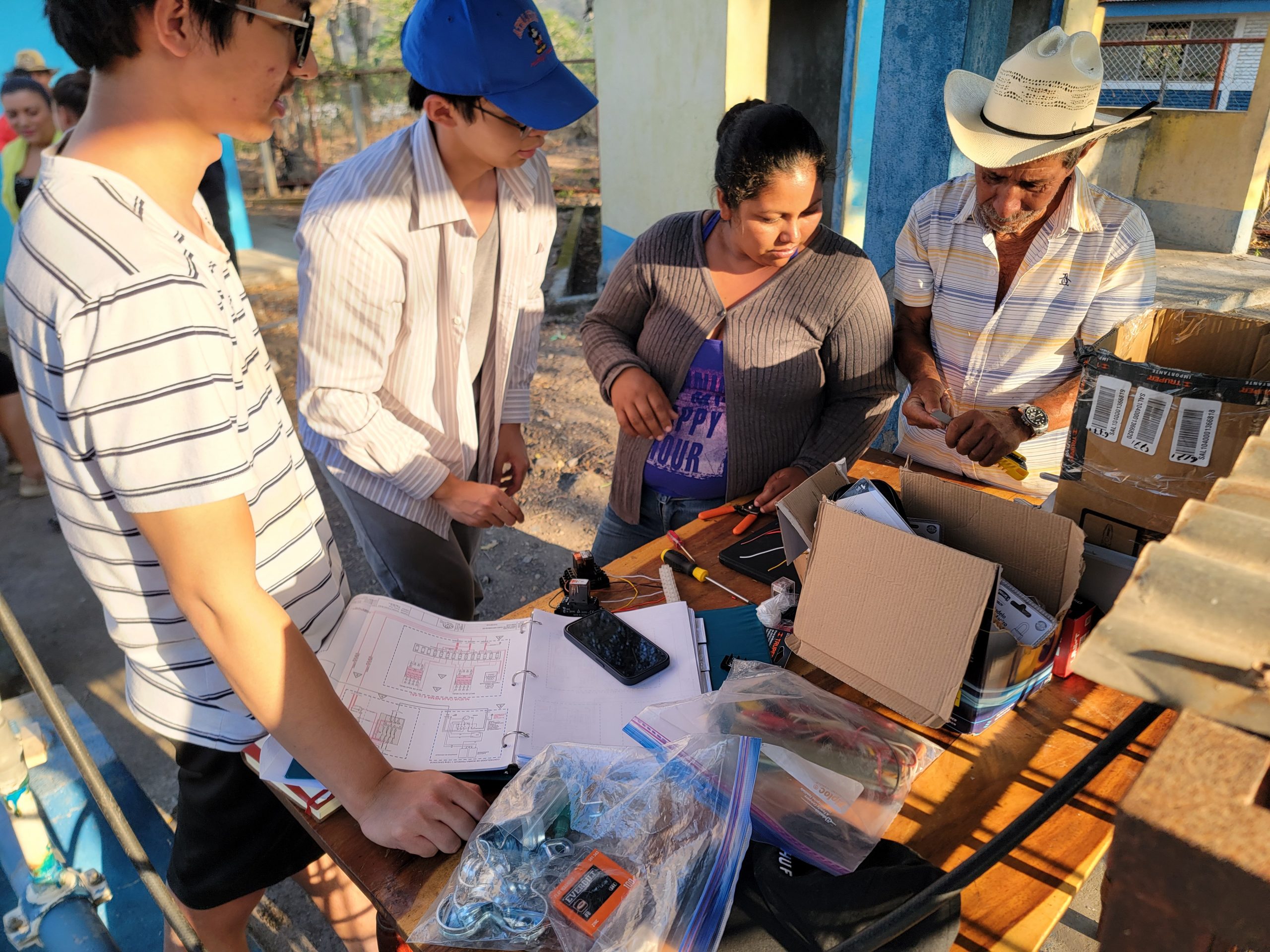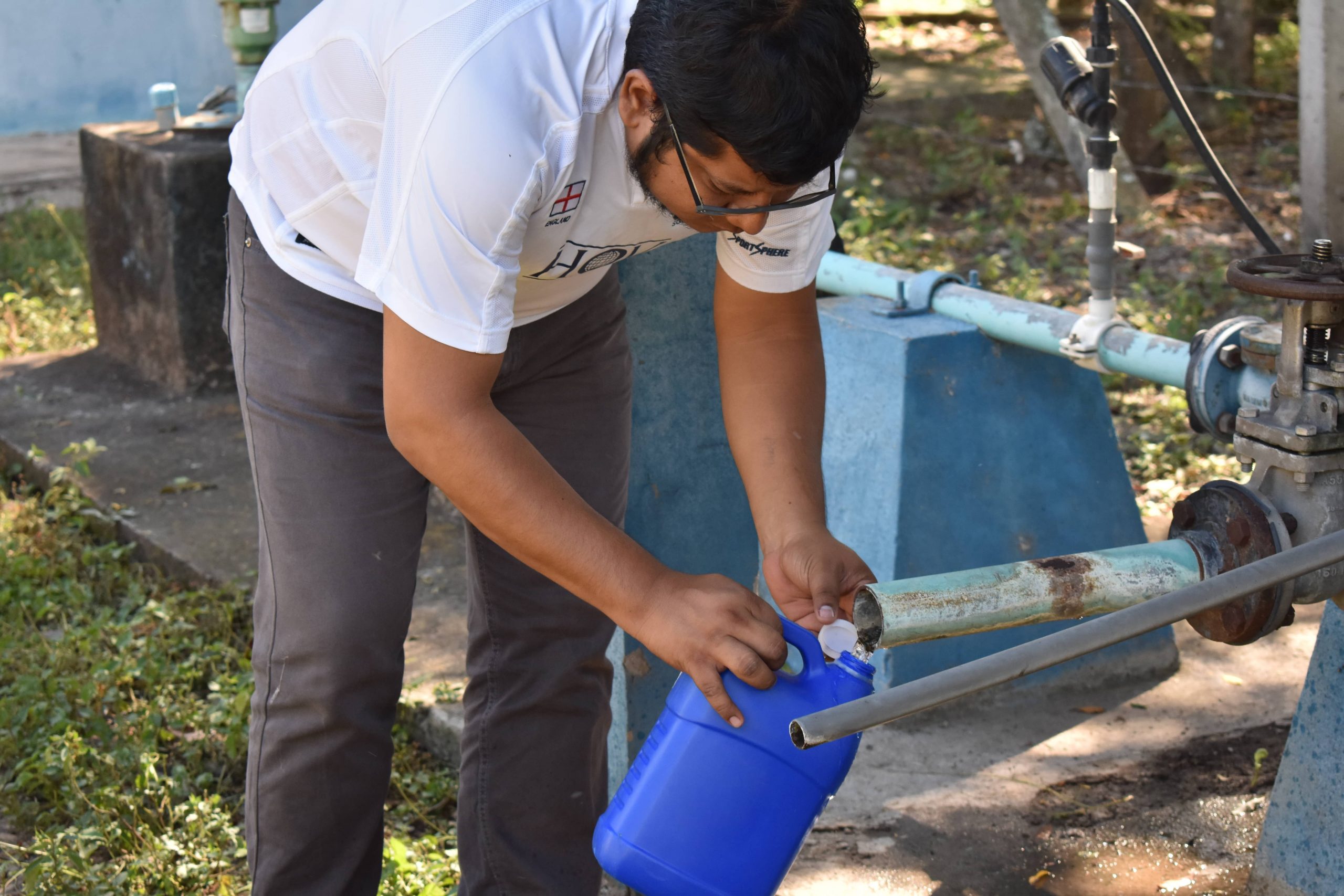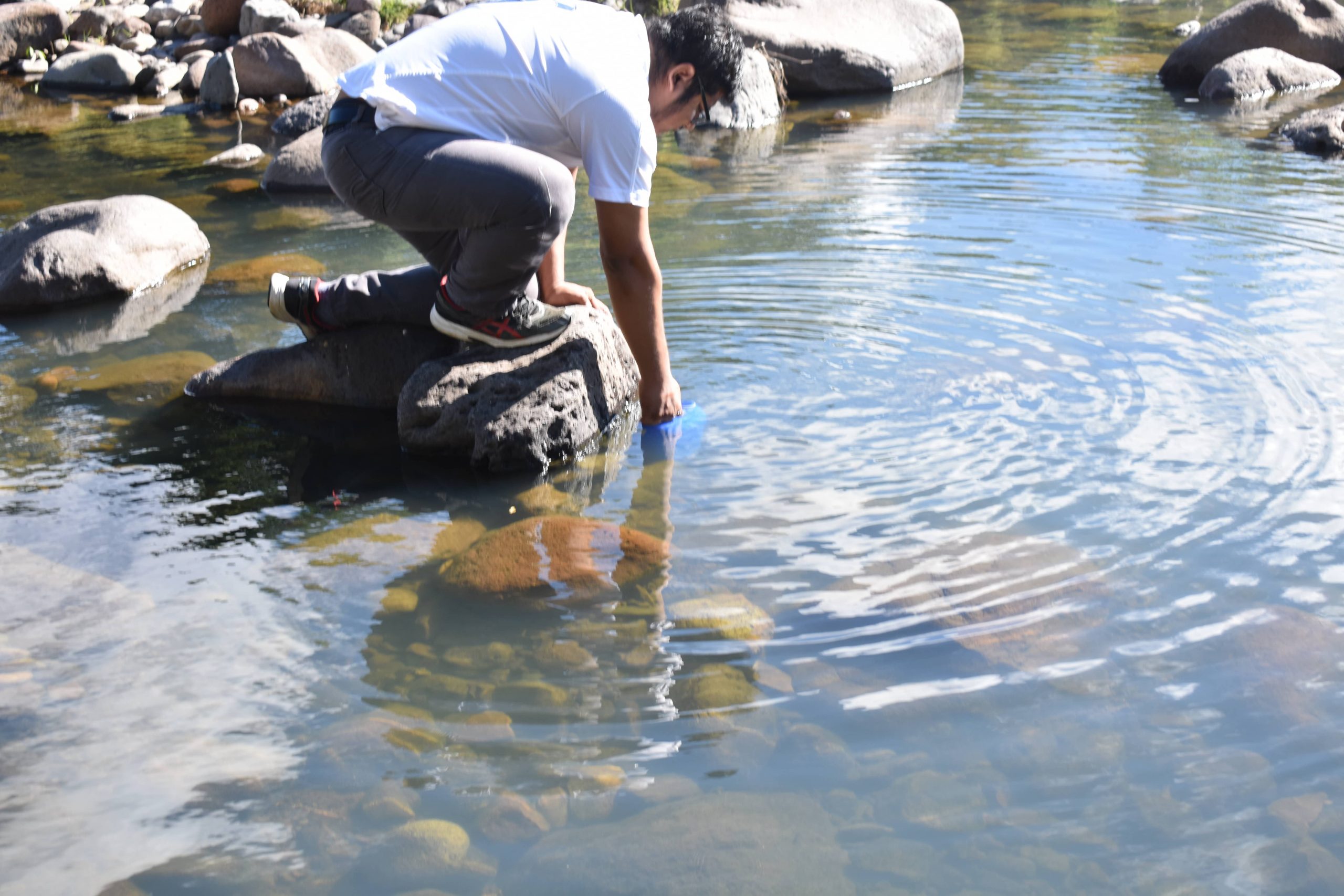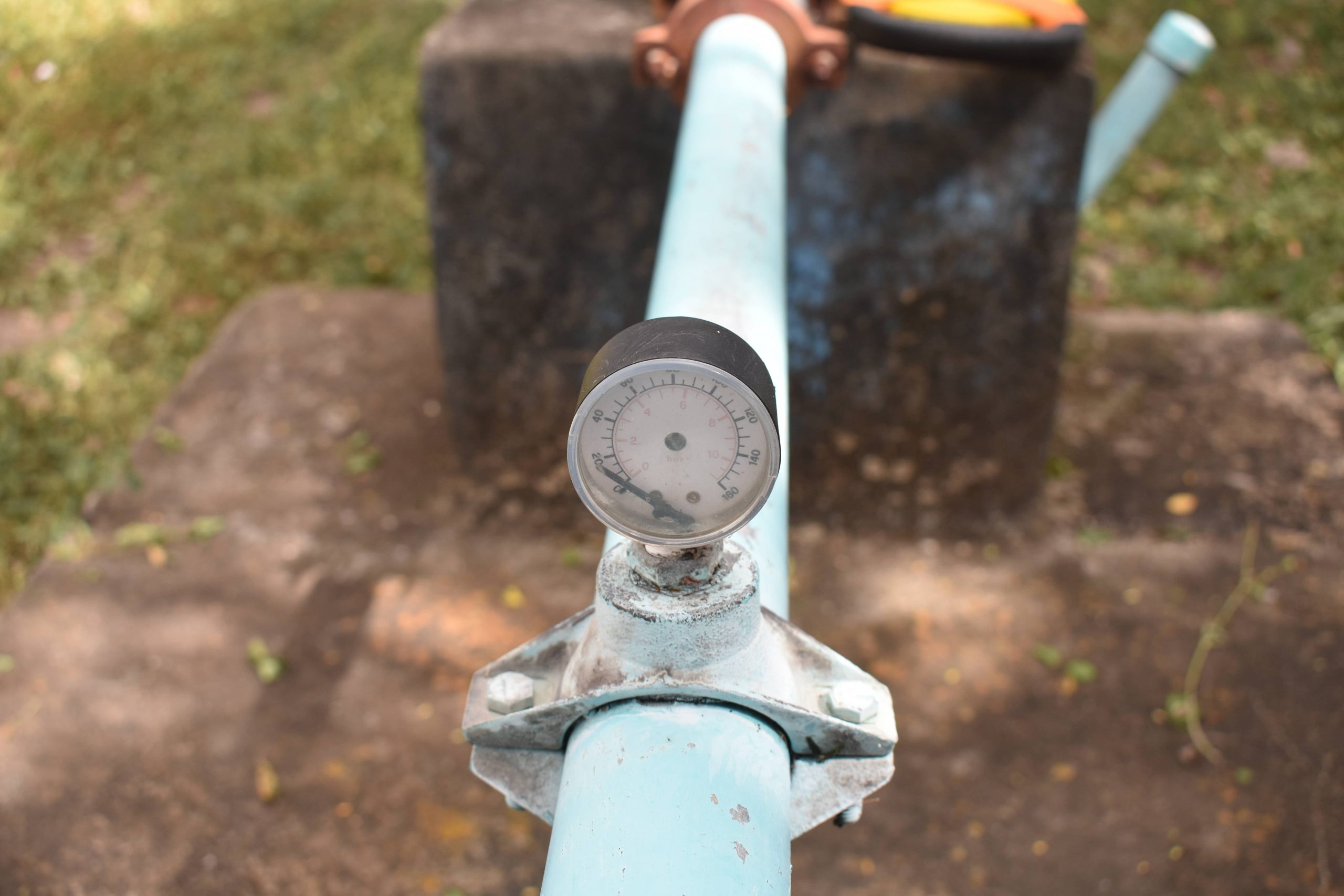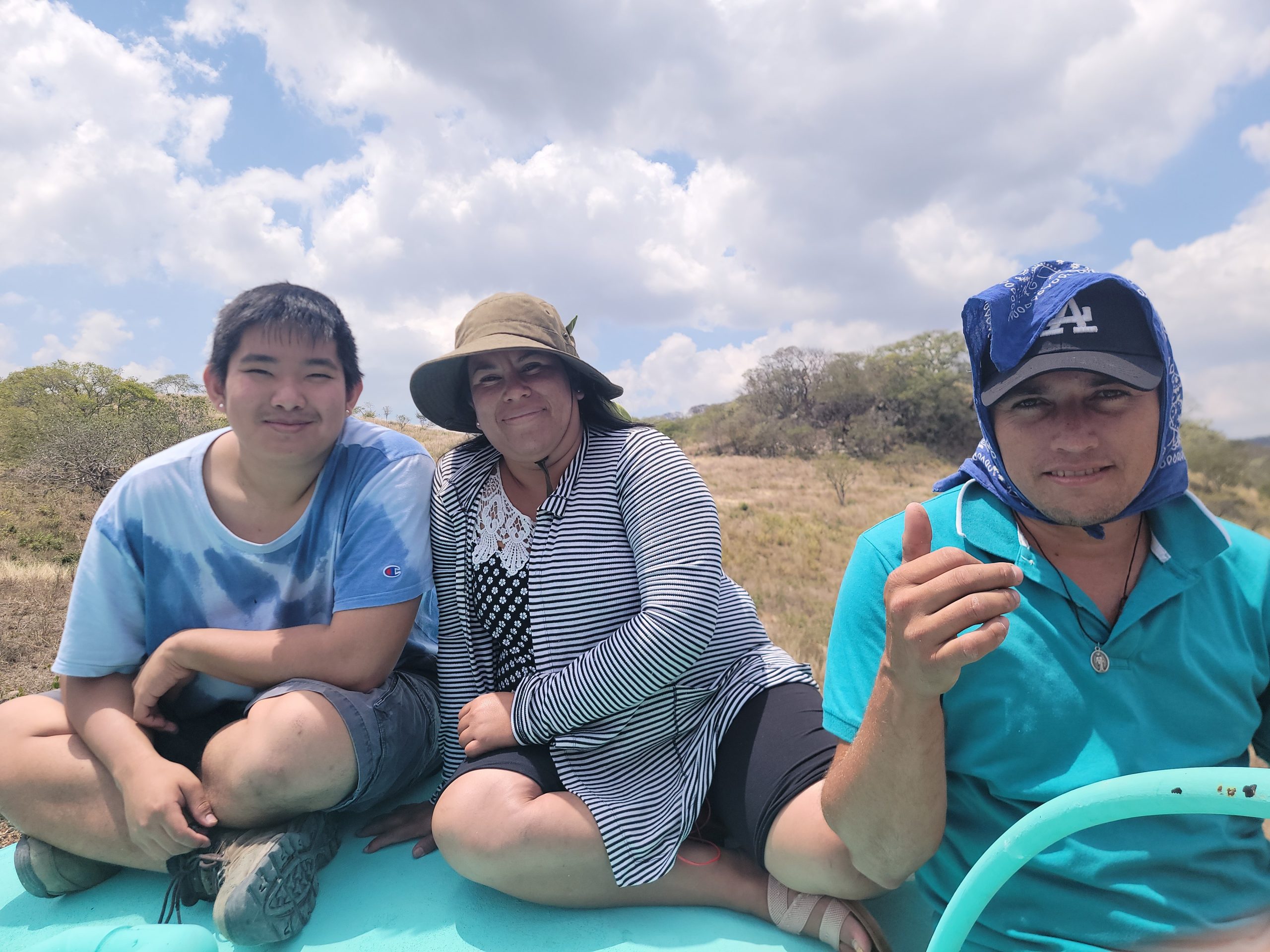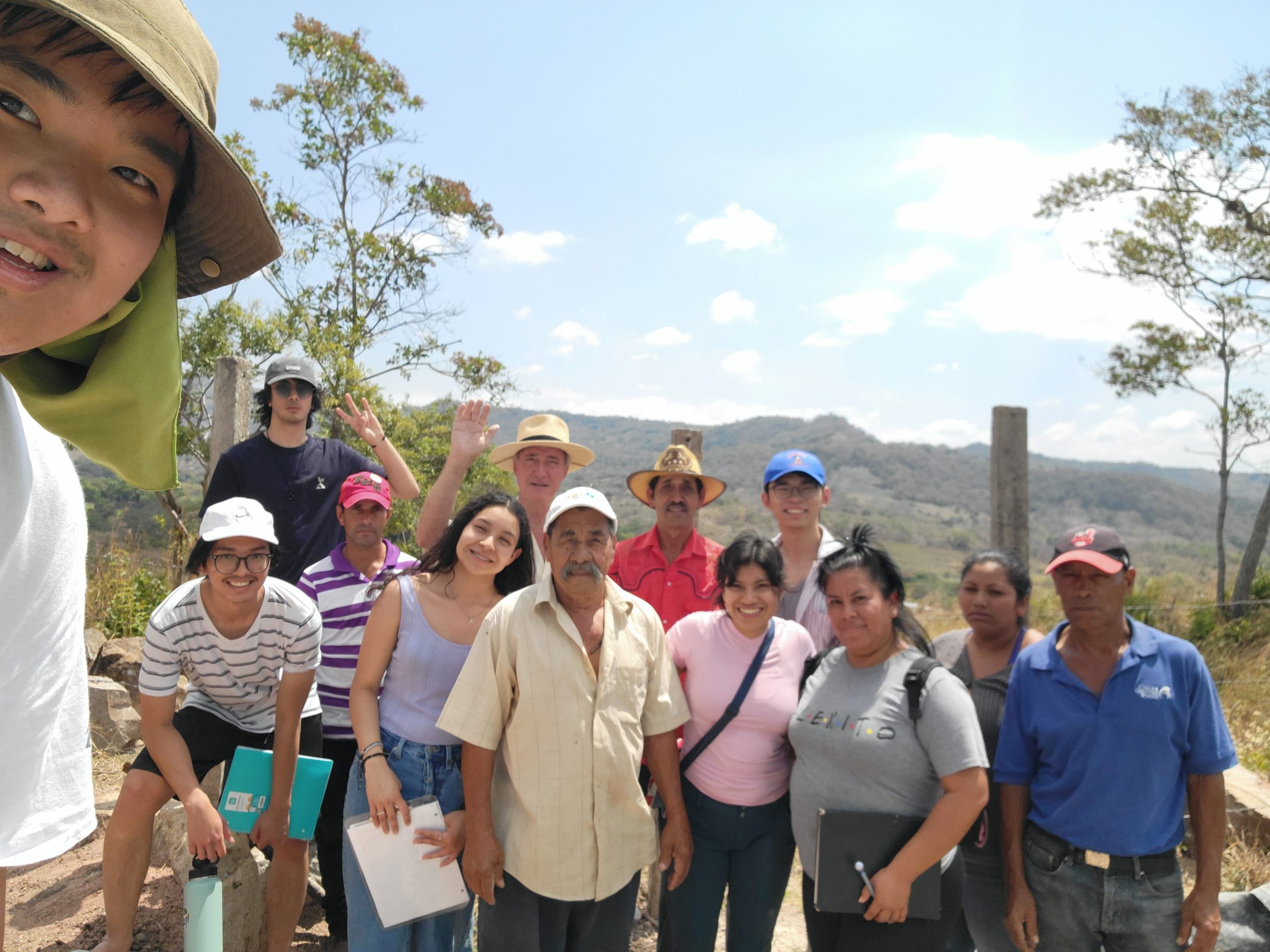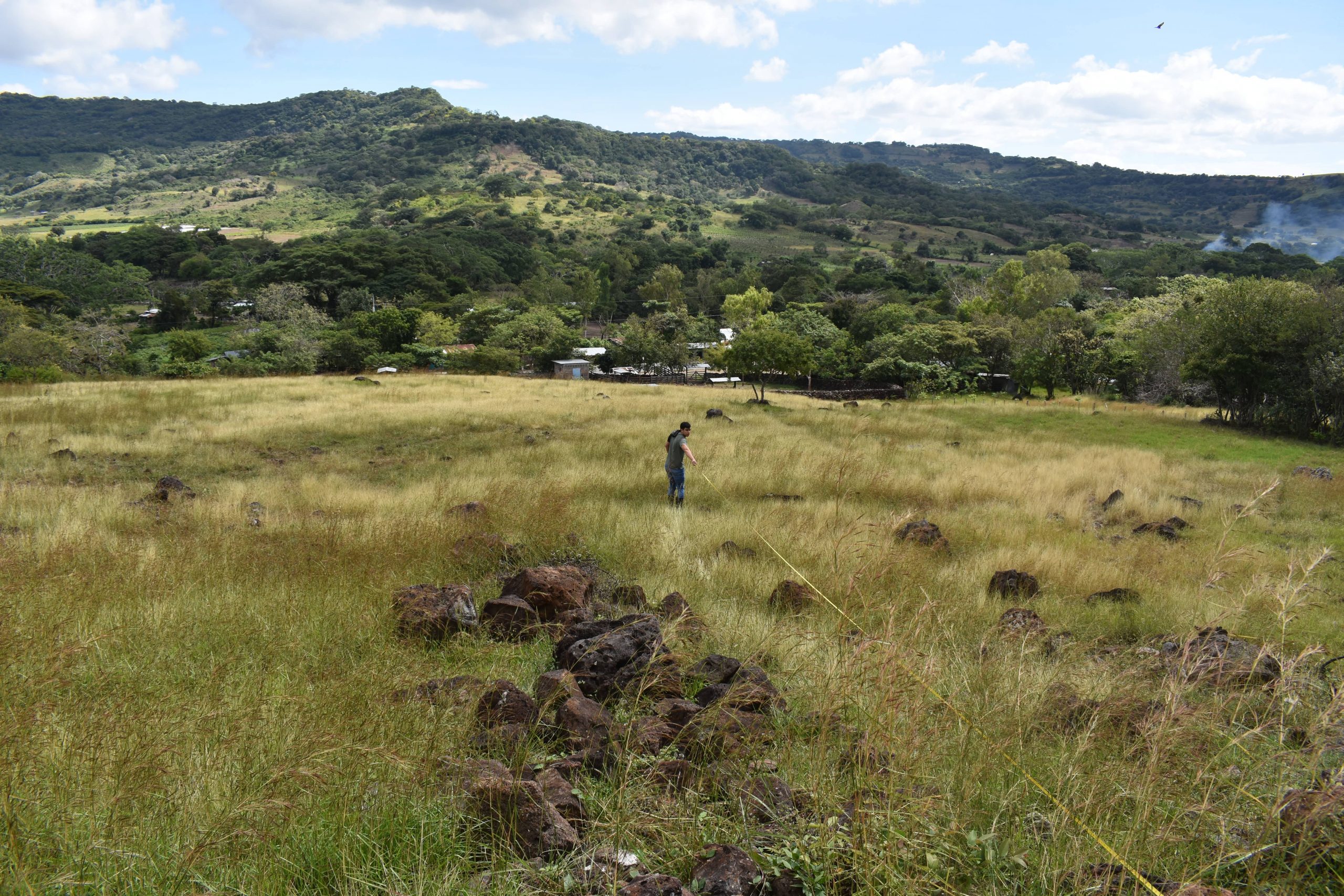Approximate Budget
| ||
Activity | Estimated Cost | Actual Cost |
CO Supplemental Data Gathering Trip (10.2022) | $4,000.00 | $1,400.00 |
EWB UH Chapter Trip (1.2023) | $8,000.00 | $6,000.00 |
Phase I – New Tank & Pipeline Remote Implementation (2.2023) | $14,000.00 | $19,000.00 |
Phase II – Distribution Pipe (8.2024) and Bridge (8.2025) | $34,000.00 | $13,000.00 |
Monitoring and Evaluation (TBA) | $9,500.00 | TBA |
Total Project Cost | $69,500.00 | TBA |

